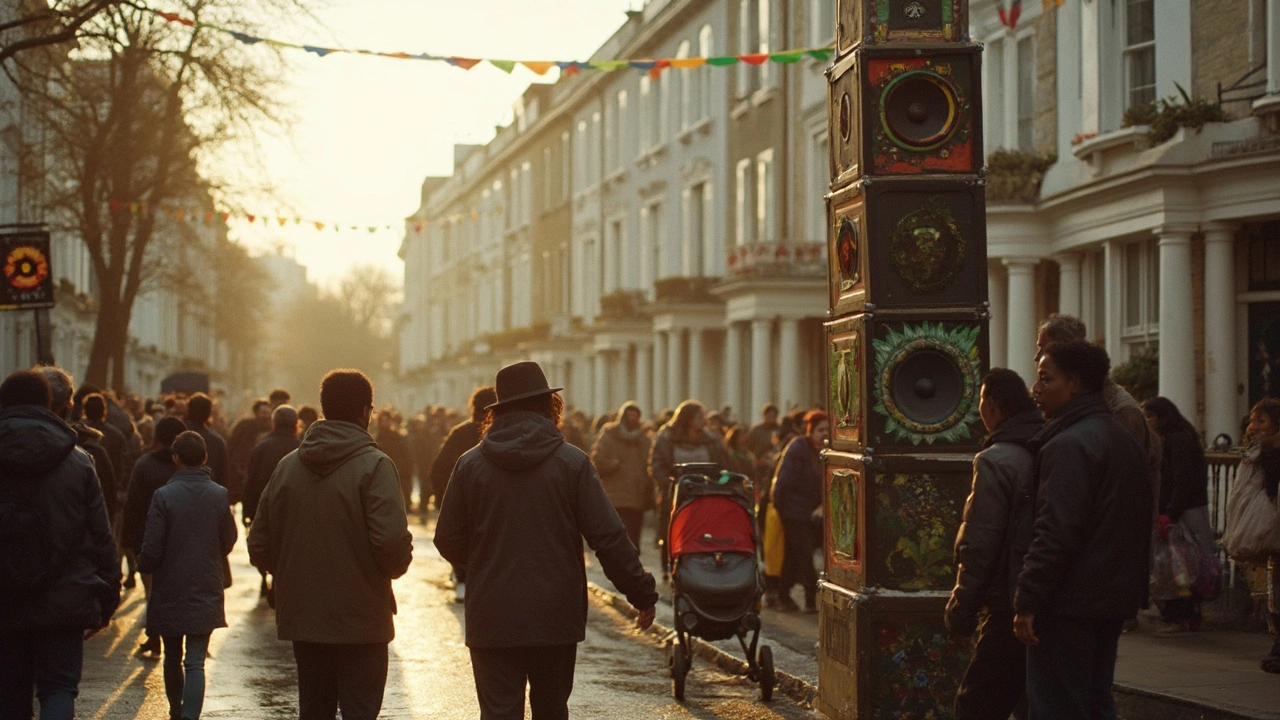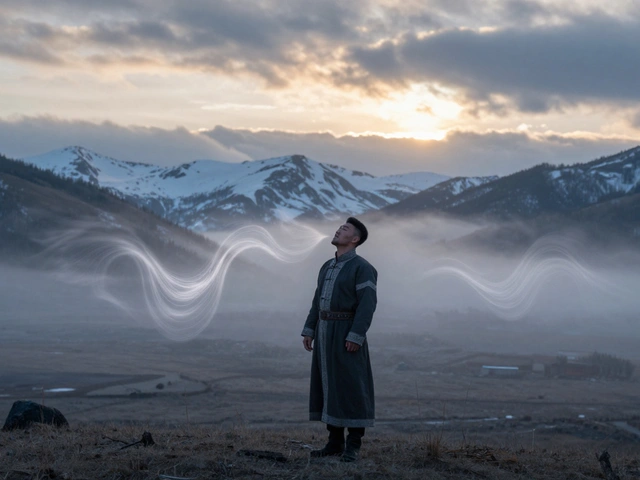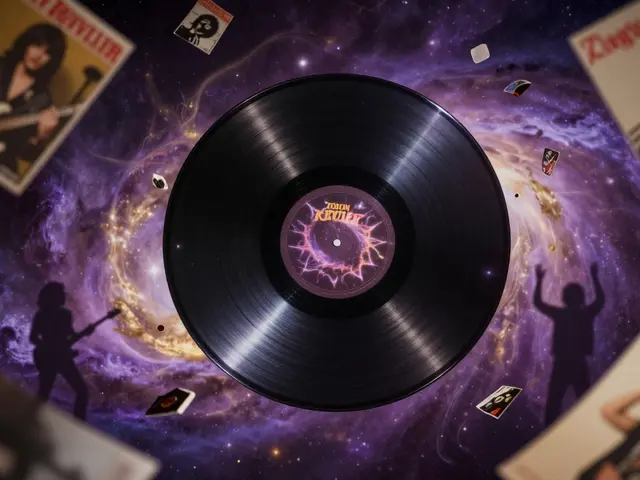Reggae didn’t need a tank to move a nation. It used a drum, a bassline, and a mic. If you’re here, you probably want two things: a clear picture of how reggae became a force for change, and a practical way to use that energy now-whether you’re an educator, a community organizer, a DJ, or just someone who knows the right song can turn a crowd into a movement. I’ll show you the mechanics, the milestones, and the playbook, with zero fluff and plenty of receipts.
TL;DR / Key Takeaways
- Reggae flips power by joining message and movement: bass that syncs bodies, lyrics that name truth, and sound systems that turn streets into public forums.
- It works through a simple chain: rhythm entrains → chant simplifies → crowd unites → message spreads → institutions are nudged or forced to respond.
- From the 1978 One Love Peace Concert to Zimbabwe’s 1980 independence celebration, reggae has backed real political moments-documented by news archives and eyewitness accounts.
- You can apply it today with a cause-first playlist, community listening sessions, dubplate messaging, and partnerships with local sound systems and schools.
- Respect the culture: credit Jamaican roots, pay artists, avoid token images of Rastafari, and engage women and youth in leadership roles.
How Reggae Turns Rhythm Into Real-World Power
Here’s the short science-meets-street version. Reggae often sits around 70-80 bpm (or 140-160 bpm halftime), with a heavy offbeat and a bass that sits up front. That groove isn’t just catchy-it literally syncs walkers, marchers, and dancers through rhythmic entrainment, a well-documented effect in music psychology. When bodies lock to a beat, people coordinate more easily and feel safer together, which makes organizing in public less fragile.
Layered on top is a chantable chorus-short, repeatable lines like “Get up, stand up”-that turns complex grievances into shared language. The voice carries everyday speech, with Jamaican patois bending English into sharper tools for critique and humor. You hear history, theology, and neighborhood news in the same verse, often grounded in Rastafari ideas about dignity, liberation, and community care.
Now add the megaphone: the sound system. These were DIY media networks long before social media-custom speaker stacks, selectors, and deejays holding a street’s attention for hours. They carried the message past radio gatekeepers and straight to the community, from Kingston yards to London basements. University of the West Indies scholars have documented this as a parallel public sphere: audio journalism with a subwoofer.
Put it together and you get a repeatable chain:
- Make it feel good to gather (steady tempo, deep bass, room to chant).
- Say the quiet parts out loud (plain-spoken lyrics, real names, real stakes).
- Give people a chorus they can own (short phrase, easy rise-and-fall melody).
- Build your own broadcast (sound system sessions, dubplates, community radio).
- Travel with the diaspora (shared riddims jump cities and borders).
- Outlast censorship (version cuts and dub edits keep the message moving).
There’s recognition at the highest level. UNESCO added reggae music to the Intangible Cultural Heritage of Humanity list in 2018, noting its role in social commentary and healing. That inscription isn’t just a trophy-it’s a reminder that this music’s civic work is documented and valued worldwide.
If you like a mnemonic, use RIDDIM:
- R - Rhythm that entrains bodies
- I - Imagery and everyday speech that make hard truths stick
- D - Diaspora networks that distribute the message fast
- D - Dub and version culture that resists censorship and invites remix
- I - Institutions engaged: churches, schools, unions, sound systems
- M - Message with a clear ask (“rights,” “peace,” “jobs,” “education”)
When organizers forget the RIDDIM steps, events drift into vibes-only territory. When they nail them, you feel the crowd tighten, and suddenly the chant leaves the venue and hits the street.

Case Studies That Moved People-and How To Borrow Their Playbook
1973: Marley and Tosh wrote “Get Up, Stand Up.” The song was blunt, but it wasn’t just anger-it was a portable slogan with melody. That combo-clear ask + singable hook-became a template for marches from Kingston to Paris. (Album and tour documentation across Island Records press materials and contemporaneous media back this up.)
1976-1978: In the UK, reggae met punk at Rock Against Racism carnivals. Steel Pulse and Aswad shared bills with The Clash. The mix pulled bigger, more diverse crowds and reframed racism as everyone’s problem, not a niche issue. BBC archives and photojournalism from the period show the sound systems, the banners, and the turnout.
1978: The One Love Peace Concert in Kingston. Bob Marley brought political rivals Michael Manley and Edward Seaga on stage and raised their hands together. Journalists called it symbolic, and it was-but symbols shift momentum. Police reports and newspaper coverage detail a cooling of tensions around the event, even if violence didn’t vanish overnight.
1980: Zimbabwe’s independence ceremony. Marley played “Zimbabwe” in Harare as the new flag rose. News wires and AP photos show tens of thousands in the stadium. You don’t get a clearer link between song and state ceremony than the literal soundtrack to a country’s first day.
Late 1970s-1980s: Linton Kwesi Johnson’s dub poetry laid police brutality bare in the UK (“Sonny’s Lettah,” “Inglan Is a Bitch”). It used the reggae backbone to carry testimony in plain speech. That fusion is teacher-friendly: poems are short, rhythms steady, points sharp.
1980s-1990s: South Africa’s Lucky Dube carried reggae into the fight against apartheid, with songs like “Together as One.” When international media hesitated, touring musicians moved messages across borders and back home via cassettes-cheap, portable, hard to police.
2005: Damian Marley’s “Welcome to Jamrock” forced listeners to face inequality and violence in Jamaica. Some radio stations balked; crowds didn’t. The track’s global charting is well documented, and the debate it sparked brought policy talk to everyday listeners.
2010s-2020s: The roots revival-Chronixx, Protoje, Kabaka Pyramid, Koffee-married classic grooves to millennial realities: student debt, climate stress, migration. Kabaka Pyramid’s Grammy win (Best Reggae Album, 2023) put sharp, message-forward writing back on industry stages.
None of these moments were accidents. Each used the same bones: tempo that keeps a crowd together, a hook you can shout from a truck bed, a platform that bypasses gatekeepers. Here’s how to use that playbook without pretending you invented it.
Playbook: Use Reggae to Power a Campaign
- Define one clear ask. “Safer streets” is vague; “fund after-school programs in three neighborhoods” is concrete.
- Pick a riddim that fits your moment. For grief and healing, slower roots (70-76 bpm). For marches, a steady one-drop or stepper that matches walking pace.
- Write a chorus under eight words. Try a 3-3-2 syllable pattern so it lands fast (“Protect our youth,” “Jobs not jail,” “Books before bars”).
- Partner with a local sound system or community radio. They know the blocks, the officials, and how loud you can go before police show up.
- Cut dubplates with your chant inserted. Short custom cuts feel personal and travel well across WhatsApp and Telegram.
- Stage “listening hours,” not just rallies. Let elders tell stories between songs. Record them (with consent). Use those clips in schools and council meetings.
- Make a 70/20/10 playlist: 70% classics people trust, 20% local voices, 10% new or cross-genre tracks to pull fresh ears.
- Measure engagement the simple way: headcounts at 20-minute intervals, chant participation (1-5 scale), and sign-ups right after the peak song.
- Close with next steps on the mic: where to meet, who to call, what to bring. Vibe without a calendar fades fast.
Classroom plan (45 minutes) that actually works
- Warm-up (5 min): Ask students to clap an offbeat while you play a one-drop loop. Feel before facts.
- Listen (10 min): Play “Get Up, Stand Up” and “Equal Rights.” Have students circle verbs and nouns of action in the lyrics.
- Context (10 min): Two slides on Jamaica in the 1970s (party rivalry, IMF pressures). Cite news archives and Jamaican press for dates.
- Create (15 min): In trios, write a four-line chant about a school issue. Perform over a simple drum loop.
- Reflect (5 min): What made a chant stick? Which verbs worked? Assign a short reflection.
Community event setup that won’t get shut down
- Permits and decibels: Ask your sound partner what levels pass in your area. They’ve learned by trial and error.
- Layout: Bass bins to the front, emergency path open, elders seated near shade, water station clearly visible.
- Run of show: 15-minute blocks; rotate selectors; insert testimony after two songs; keep speeches under three minutes.
- Safety: Street team with identifiable tees; one point person to talk to police; a clear, cheerful end time announced thrice.
- Documentation: One person on photos, one on short portrait videos. Consent first, always.
Real talk: the most effective events I’ve helped with felt like a block party and a town hall at the same time. People didn’t leave drained. They left with a date, a name, a song stuck in their head, and a reason to bring a cousin next time.
Checklists, Comparisons, FAQ, and Your Next Steps
Quick checklist (copy, paste, use):
- Cause → one sentence, one ask
- Chant → under eight words, easy pitch curve
- Riddim → matches mood and movement pace
- Partners → sound system, youth org, school, faith group
- Dubplates → two custom cuts with your chant
- Program → 15-minute blocks, clear transitions
- Safety → water, shade, exits, visible team
- Metrics → headcounts, sign-ups, follow-up date
- Respect → pay artists, credit Jamaica, involve women and elders
Side-by-side: which tactic fits your goal?
| Tactic | Best for | Watch-outs |
|---|---|---|
| Sound system session | Neighborhood mobilization; building trust fast | Permits, noise complaints, security, power access |
| Streaming playlist drop | Awareness across cities; press hooks | Algorithm may bury it; needs a live tie-in |
| School workshops | Long-term change; youth leadership | Clear learning outcomes and consent for recordings |
| Live band showcase | Fundraising; coalition-building | Costs climb; rehearse chants with MC and band |
Pitfalls (I’ve seen them; skip the pain):
- “Vibes only” programming. Without a clear ask and a closing CTA, even the best set drifts.
- Tokenizing Rastafari. Don’t reduce a faith and philosophy to colors and clichés. Invite Rasta voices to lead.
- Ignoring women’s roles. From Marcia Griffiths to Koffee, women shape reggae. Put them on the bill and the mic.
- Skipping pay or credits. Set a budget. Credit musicians and riddim creators by name.
- Copyright laziness. Clear samples; log setlists with your local performing rights group to ensure royalties reach artists.
- Tempo mismatch. Marches sag with ballads; healing spaces can’t handle relentless anthems. Program the energy arc.
Mini‑FAQ
Is reggae always political? No. Love songs and party tunes live here too. But the genre’s backbone is social commentary-think of it as entertainment with a civic habit.
Reggae vs. dancehall: which for activism? Both can work. Roots reggae leans reflective; dancehall is raw energy and speed. Match the tool to the moment and mind the lyrics’ message.
What’s a riddim, practically? A shared instrumental backbone. Many artists voice the same riddim with different lyrics. That’s a feature, not a bug-your chant can ride a familiar beat people already love.
Can non‑Jamaicans use reggae for social causes without being extractive? Yes-if you credit origins, pay musicians, collaborate with Jamaican and diaspora communities, and avoid caricatures. Invite, don’t appropriate.
Best bpm for a march? Aim for 72-78 bpm or halftime grooves that feel like a steady walk. Test outside; wind and crowds change perceived tempo.
How do I find a reputable sound system? Ask local Caribbean cultural centers, community radio, or venues that host reggae nights. Listen to how crews talk about safety and consent; that tells you a lot.
Do I need a permit? Usually, yes, for amplified sound or street closures. Your sound system partner likely knows the drill for your city and can point you to the right office.
What’s the simplest legal path for music use? Use licensed venues or secure event permits, log your setlist with a performing rights organization, and avoid unlicensed samples on recordings.
What are credible anchors for claims about reggae’s civic role? UNESCO’s 2018 heritage listing; BBC and AP archives for the 1978 Peace Concert and 1980 Zimbabwe show; Jamaican press and academic work from the University of the West Indies on sound system culture.
Next steps and troubleshooting by role
- Organizer: Start with a two-hour listening session next week. Pick one ask, one partner, and four songs that tell the story in the right order.
- Educator: Book one class period. Use the five-step plan above and collect one quote from each student for a hallway display.
- DJ/Selector: Cut two custom dubplates with your campaign chant. Test intros that drop the message before the first chorus.
- Parent/Neighbor: Host a backyard mini‑session at conversation level. Two speakers, five songs, one sign-up sheet, lemonade. Keep it gentle.
- Trouble: If police arrive early, lower the bass and invite a conversation; if the crowd thins, switch to a known classic and shorten speeches; if you lose permits, pivot to a seated indoor teach‑in with acoustic sets.
Reggae’s power isn’t mystical. It’s practical and learnable. The beat invites bodies. The chant invites voices. The session invites neighbors. Put those pieces together with care and credit, and you’ll feel a room turn into a community-and sometimes, a community turn into a new rule, a new budget line, a safer block. That’s the work. That’s the music.






